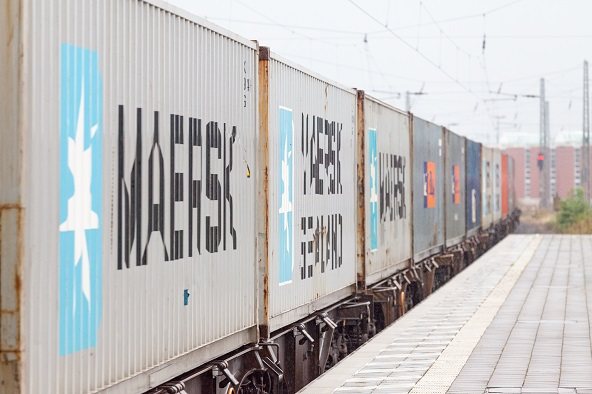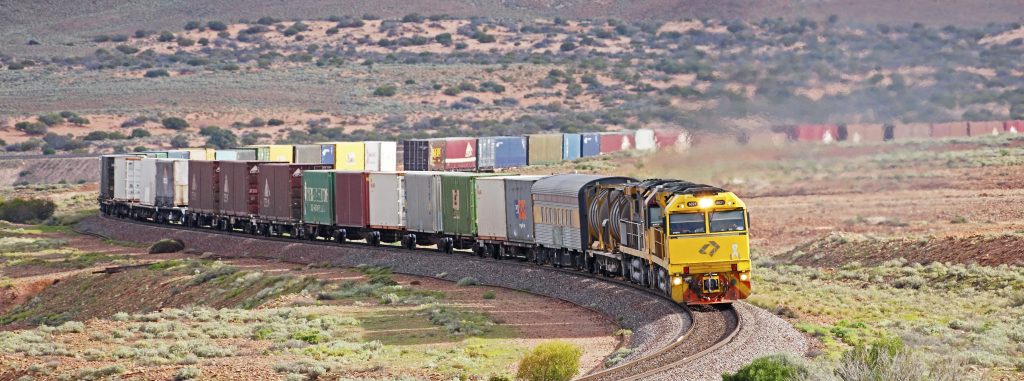What is Rail Freight?
Rail transport is a means of transport that is available for not very high costs and ideal for the shipment of heavy and large-volume goods. Depending on the number of centres on railroads, the service provided might be limited. The speed capacity of the vehicles is parallel to the speed of the service offered.
Underground resources such as coal and iron and agriculture and forestry products are transported via railroads. Rail transport is eco-friendly and cost-effective in long distance shipping. Thanks to its feasibility for mass transport, it reduces the traffic congestion.
Railroad construction, operation and maintenance require high investment costs and they are usually financed by the government. Therefore, in countries where the railroad systems are operated by the government, the railroad transport activities are directly connected to the efficiency of public organizations. Issues such as extensions to the national and international rail lines, legal regulations and the number of scheduled train services must be agreed upon by private and public institutions.
Considering the problems that occur in bad weather conditions on roads, rail roads should be improved so that transportation of all types of goods becomes available.

Advantages of Rail Transport
- It is eco-friendly.
- It is safer than other means of transport.
- It eases the road traffic congestion.
- Contrary to its alternatives, it offers fixed price guarantee.
- Rail transport has right of way as it is preferred by countries of transit whereas there are limitations concerning road transport.
- Although railroad transit duration is longer than in road transport, duration of services is fixed.
- It is an ideal way of transport for the shipment of goods in large tonnage and transfers.

